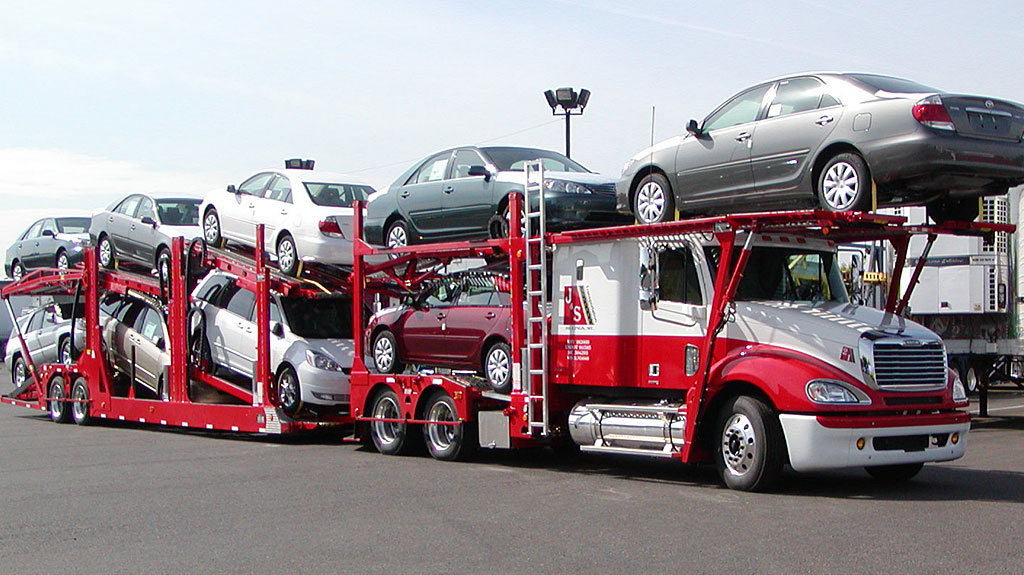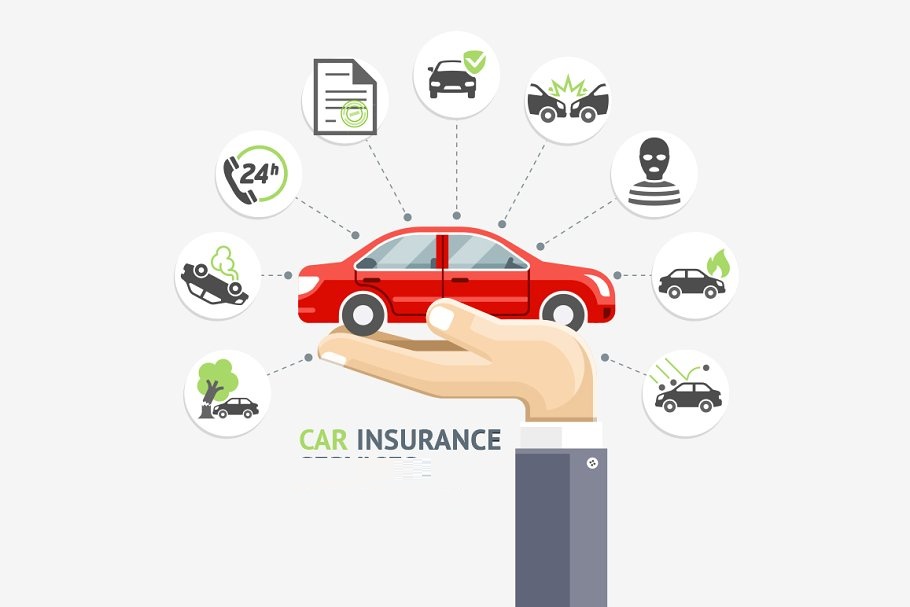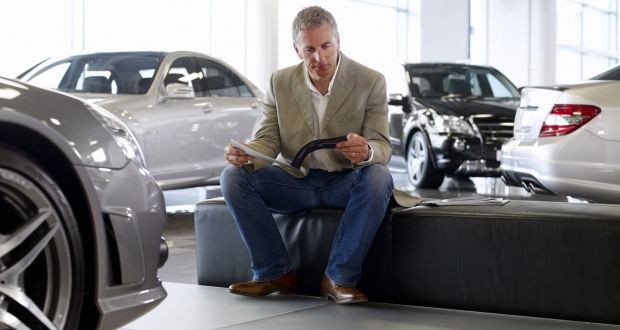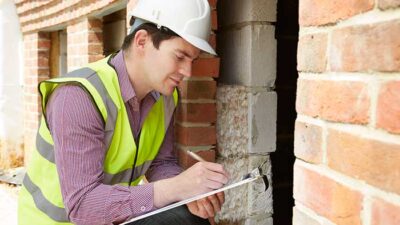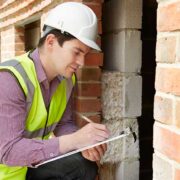
All cars that are over three years old must have an annual MOT test in order to ensure that it is roadworthy. If it fails the test, your car must be repaired so that it conforms to the MOT standards. Many of them are very basic checks so even if you don’t know a lot about cars it’s still possible to conduct a pre-MOT check in order to minimise the chances of failure.
General
Turn the ignition on to ensure:
- Your horn is working properly
- The windscreen wipers and washers are working correctly
- The screenwash has been topped off
- There are no loose strips or chunks missing out of the wiping edge on the rubber blades of the windscreen wipers. If they do, then it is easy to find replacements motor retailers and easy to fit as well
- The seat belts need to work correctly and not be cut or frayed
- The mountings need to be secure and the seat belts must be free of damage and cleanly engage and disengage
- The inertia reel should lock hen you pull on the belt sharply
Tyres
Walk around your car and inspect its tyres. Make sure:
- There aren’t any objects stuck inside the tread or any cuts or bulges in the sidewalls
- The tread should be 1.6mm deep at least. A tread depth gauge can be used or the rim on a 20 pence piece. Place that inside the grooves that are running around the tyre. The tyres need to be replaced if the rim around the edge of the coin is standing proud
- Check to make sure that each of the tyre matches that the opposite one that is on the same axle in terms of construction type and size
- If you have a spare tyre in your car, it also needs to be road-legal
- Whilst not legally required, you might also want to make sure your wheels are in top condition. This could be done by visiting a specialist in alloy wheel refurbishment in Reading, to get them nice and tidy.
Lights
One of the most common failure points is lighting: Check the following:
- All of the exterior bulbs are working properly
- Each light lens is free of damage and cracks
- Headlights (both main beam and dipped), rear and front side lights, reversing lights, stop lights, rear and front fog lights as well as all number plate lights and indicators
Bodywork
There shouldn’t be any sharp edges that can potentially injure pedestrians, all of the bumpers should be secure and you need to be able to access your car from all of the doors – open them from the outside and inside
Brakes
Although it isn’t possible to accurately check the brakes without having specialist equipment there still are certain things that you can do:
- Check under the bonnet to ensure that the brake system’s reservoir fluid level is in between the minimum and maximum indicators. Check the car’s handbook for information on where it is located
- Pull your handbrake on. If you need to pull up on the lever too far through a lot of clicking, then the cable probably needs to be adjusted
- If you can release the handbrake by tapping on the lever, then it needs to be tightened
Steering
Like with brakes, it can be hard to check your steering if you don’t have specialist equipment:
- The steering wheel needs to be fairly tight on its column. If there are any abnormal movements when it is turned or it is loose, then the column support might have some wear
- When you turn your steel wheel going full lock to full lock, listen for knocks or excessive whining come from the car’s power steering pump. These sounds can both indicate that there are worn components somewhere
Shock Absorbers
Dampeners or shock absorbers cannot have any leaks or absorbing pressure differences. Bounce on each of the corners of your car to get an idea whether the shock absorbers on your car are faulty or not. Your car should do down under the pressure and then rise up again to full height before it slightly settles down. Excessive bouncing is an indication of worn out or faulty dampers.
Mirrors And Windscreen
If your windscreen has small stone chips in it that doesn’t necessarily mean failure, however:
- The complete area that is swept by your wipers should not have any chips or cracks
- The damage outside of that area should not be larger in diameter than 10mm
- The glass should be in good condition and your mirrors should be fixed securely
Exhaust
- The exhaust needs to be free of corrosion and secure
- Rev your engine while the car is stationary, with the doors open and the parking brake is on. Any unusual noises or rattles can indicate it may be on the way out
- If there is any smoke, it can cause your car to fail the emissions section of the test

